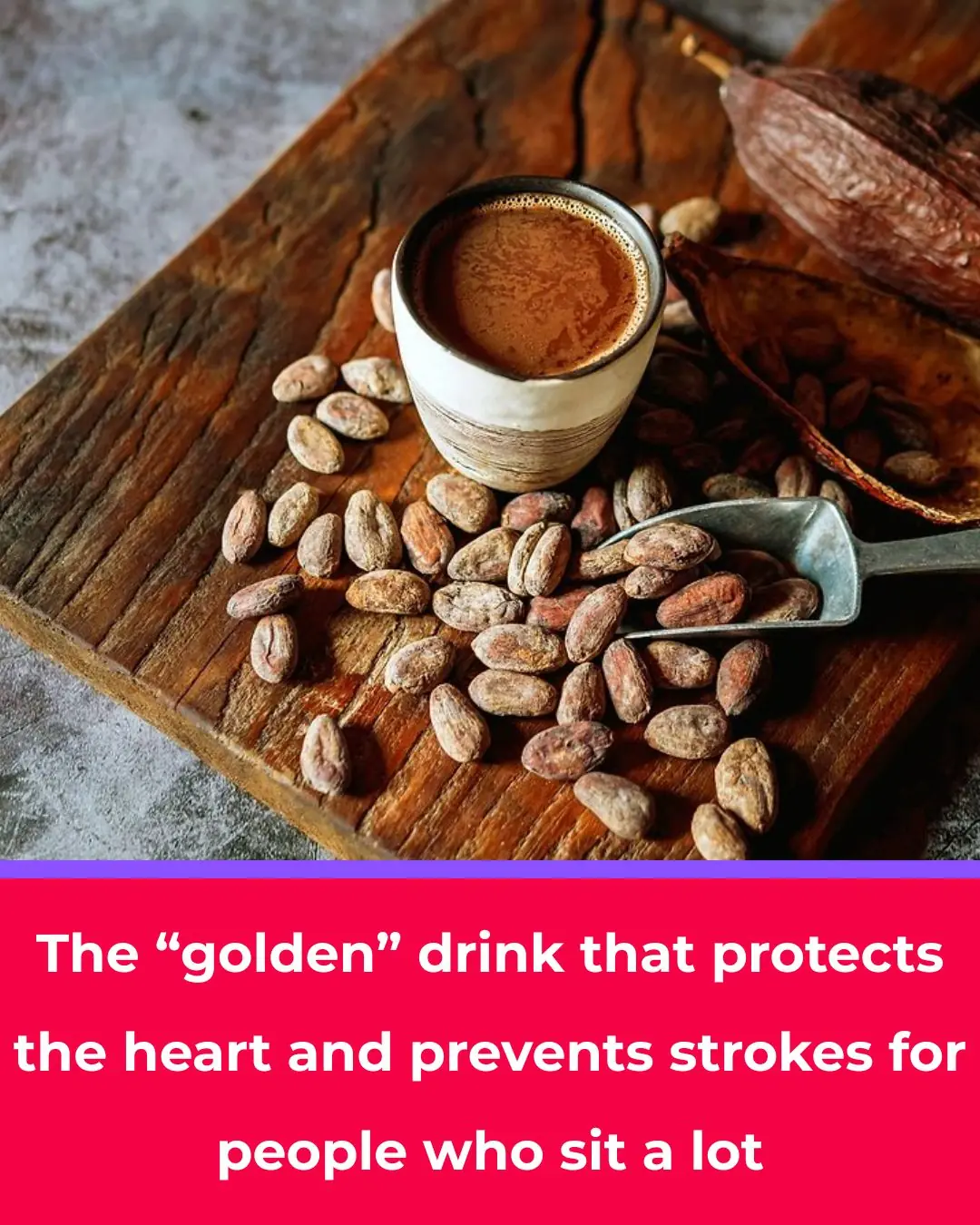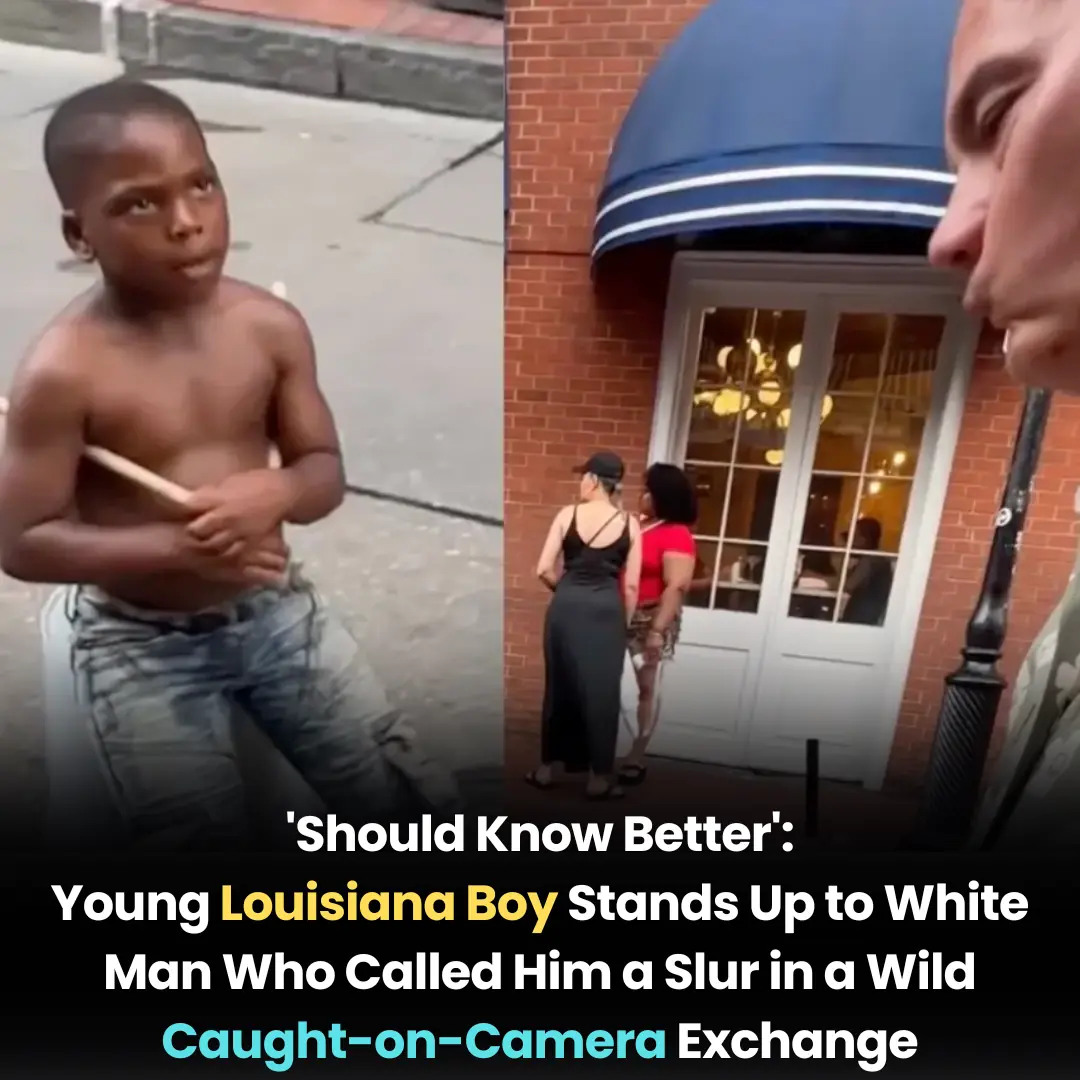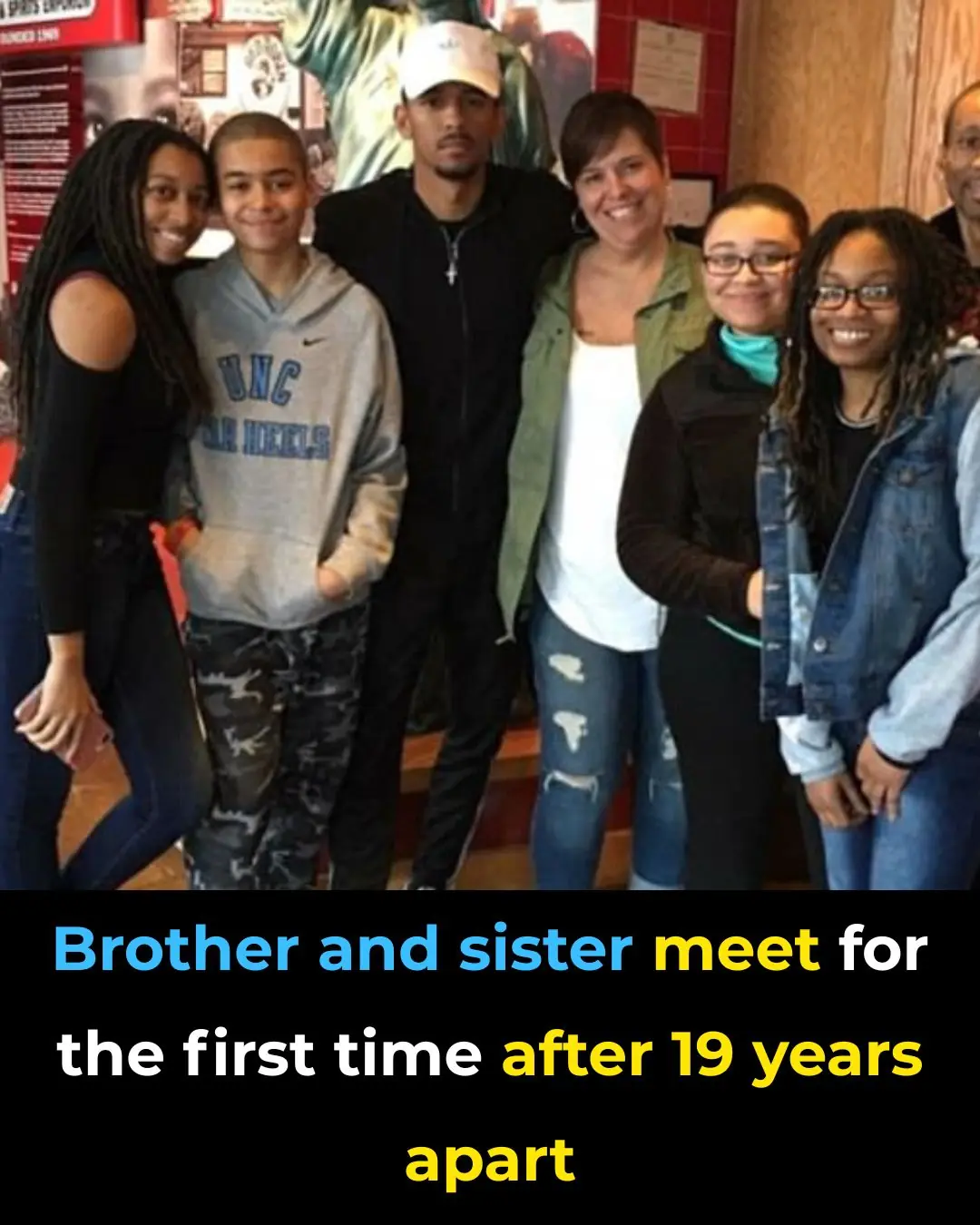
Meet the Black Creatives Behind Tāst Coffee, D.C.’s Bold New Force in Specialty Coffee
There’s a fresh buzz brewing in Washington, D.C.—and it’s not just about caffeine. In a city known for its deep-rooted history, political legacy, and vibrant artistic communities, three Black creatives are redefining what it means to drink coffee with intention, cultural pride, and design-forward flair. Their creation is tāst—pronounced “taste”—a specialty coffee brand that aims to disrupt industry norms and celebrate storytelling through every bag of beans. The brand was founded by artist and designer Reggie Black, photographer Obiekwe Okolo, and New York Times bestselling author Jason Reynolds, a trio whose collective vision is already gaining national attention (reported by Sprudge and echoed in features from NPR and The Washington Post).

Launched this past January to coincide with Black History Month, tāst has quickly positioned itself as not just another coffee brand, but a creative movement rooted in authenticity and community. Reynolds describes the brand as an effort “to put some paint where it ain’t,” signaling their shared mission to reshape the culture of specialty coffee through bold ideas, innovative aesthetics, and unapologetic Black expression.
Instead of relying on the traditional café model, tāst entered the market as a direct-to-consumer platform, offering an online experience that blends design, storytelling, and curated coffee selections. Their approach aligns with a broader trend noted by Bloomberg of independent roasters using digital storefronts to reach younger, more design-conscious customers. For the founders, coffee is far more than a consumable product—it’s a creative medium, a cultural artifact, and a bridge for human connection.
Black, who oversees sourcing, frames their mission simply:
“We’re taking people on a journey around the world through a bag of the best coffee in the world.”
Their first collection, Volume 1, includes single-origin selections from Peru, Guatemala, Ethiopia, and Colombia—regions long recognized for producing some of the world’s most prized beans (as often highlighted in National Geographic coffee reports). Each coffee comes in a 250g bag priced between $20 and $26, available through either one-time purchase or subscription. The collection reflects both accessibility and intention: approachable to newcomers while still meeting the expectations of seasoned specialty-coffee drinkers.
A major part of tāst’s impact lies in its visual identity. Okolo, the brand’s creative director, describes their packaging as
“translucent sculptures intended to adorn kitchen countertops.”
He emphasizes a return to slowness, intentionality, and ritual—values that many wellness-forward publications such as Essence and Vogue have noted as increasingly important to modern consumers. With the motto “tāst more, drink less,” the brand encourages customers to savor each cup thoughtfully rather than consume coffee out of habit or haste.
Yet tāst’s mission is not merely aesthetic—it is deeply communal. Black points out that while high-quality coffee is easy to find, the presentation of specialty coffee often feels exclusionary. He notes that
“menus, tasting notes, and café interiors can feel so far over people’s heads that they don’t feel welcome.”
Their goal is to strip away the pretension and return coffee to what it has historically been across cultures: a shared experience, a gathering point, and a tool for connection (a sentiment consistent with reporting from The New York Times on global coffee culture).
Central to the brand’s ethos is the idea of “coffee for all.” Reynolds elaborates on this guiding principle:
“We believe that coffee is for everybody, but we’re presenting it, unapologetically, through a Black lens.”
That lens is informed by their experiences as Black artists living in what they affectionately call “DC, DC”—the local, lived-in Washington that exists beyond political corridors and national narratives.
At the heart of tāst lies a single, powerful value: care.
Reynolds explains:
“Coffeeing means to care honestly, loudly, and openly. When you see two Black men greeting each other with joy, that’s ‘coffeeing.’ When you tell your child you love them, that’s ‘coffeeing.’”
Even their brand color—pink—is intentional. Long associated with love, tenderness, and compassion (according to colorpsychology.org), the hue reinforces tāst’s focus on warmth and humanity. From sourcing to design to storytelling, care functions as the brand’s differentiator within a crowded market.
Looking ahead, the founders envision tāst becoming a staple within the specialty coffee landscape. They hope to expand into retail partnerships, wholesale collaborations, and eventually open a physical café that reflects all three founders’ artistic identities.
As Black puts it:
“I would love to open a café—one that brings together Jay’s love for furniture, Obi’s love for design, and my desire to rewrite the narrative of a Black-owned coffee shop.”
Until then, tāst remains a digital-first experience—but one that’s rapidly growing. The brand invites customers not only to drink their coffee, but to join a community grounded in storytelling, ritual, and care.
Welcome to the first chapter of tāst—where the message is clear: taste more, drink less, and become part of something bigger than coffee.
News in the same category


‘Jada Bout to Set That Red Table’: Jada Pinkett Smith Fans Warn Rapper Yo-Yo Over Her Shocking Confession About Tupac

Not Tea or Coffee: The “Golden” Drink That Protects the Heart and Prevents Stroke in People Who Sit a Lot

You're Doing It All Wrong: Here’s the Right Way to Maintain Your Furnace Filter

You're Doing It All Wrong: Here’s the Right Way to Set Your Thermostat in Winter

You're Cleaning Your Humidifier All Wrong — Here’s the Safe, Effective Way to Do It

You're Fighting Winter Mold the Wrong Way — Here’s How to Stop It for Good

‘Go Back Home Friend’: Vince Herbert’s Slim, Unrecognizable New Look Has Fans Telling Tamar Braxton It Might Be Time to Spin the Block

‘Simon Sent Them’: Porsha Williams’ Meltdown on Flight Lands Her on FBI Radar as Fans Point to Ex Simon Guobadia After He Fires Off Cryptic Post

‘Should Know Better’: Young Louisiana Boy Stands Up to White Man Who Called Him a Slur in a Wild Caught-on-Camera Exchange

‘I Was Drugged… I Was Violated’: Cardi B’s New Babby Daddy and NFL Star Stefon Diggs Is Fighting Back Against Hideous Allegations By Influencer Chris Blake Griffith

Kim Kardashian and Britney Spears cozy up in bed during fun-filled sleepover with Khloé

Jets cornerback Kris Boyd in critical condition after NYC shooting

Priceless: Watch This Toddler With Hydrocephalus Take His First Steps

Katie Price reignites war of words over daughter Princess as she urges teen to tell ‘the truth’

Robbie Williams claims weight-loss jab is damaging his vision but vows to stay on it ‘until sight in one eye has completely gone’

All The Feels: Brother And Sister Meet For The First Time After 19 Years Apart

Black Boy Joy: Watch Little Boy’s Priceless Reaction To His Big Brother’s Surprise Visit

MAFS UK's Julia-Ruth breaks silence on reunion's biggest bombshell
News Post

Ariana Grande’s ‘Wicked’ costar speaks out after Singapore attack on actress: ‘You’re a bad person’

‘Jada Bout to Set That Red Table’: Jada Pinkett Smith Fans Warn Rapper Yo-Yo Over Her Shocking Confession About Tupac

Not Tea or Coffee: The “Golden” Drink That Protects the Heart and Prevents Stroke in People Who Sit a Lot

You're Doing It All Wrong: Here’s the Right Way to Maintain Your Furnace Filter

You're Doing It All Wrong: Here’s the Right Way to Set Your Thermostat in Winter

You're Cleaning Your Humidifier All Wrong — Here’s the Safe, Effective Way to Do It

You're Fighting Winter Mold the Wrong Way — Here’s How to Stop It for Good

‘Go Back Home Friend’: Vince Herbert’s Slim, Unrecognizable New Look Has Fans Telling Tamar Braxton It Might Be Time to Spin the Block

8 tips to increase wifi speed tenfold

8 Natural Ways to “Cleanse” Your Lungs: Affordable Yet Highly Effective

How to Easily Unclog a Blocked Drain Without Calling a Plumber

Hang this bunch of leaves on your window, and no matter how many mosquitoes there are, they’ll all disappear: effective and completely safe

5 Items You Should Never Buy at the Supermarket — Especially When They're on Sale

‘Simon Sent Them’: Porsha Williams’ Meltdown on Flight Lands Her on FBI Radar as Fans Point to Ex Simon Guobadia After He Fires Off Cryptic Post

How to Choose the Best Apple: Crisp, Sweet, and Nutritious

Top 3 Foods to Prevent Leg Cramps in Seniors: Strengthen Your Legs Naturally!

A 52-Year-Old Man Died From Diabetes: Doctors Warn These 4 Breakfast Habits Should Be Eliminated Immediately

5 Herbs Your Liver Wished You’d Start Eating More Often (Or At Least Try!)

Top 10 foods that unclog arteries naturally and prevent heart attack
